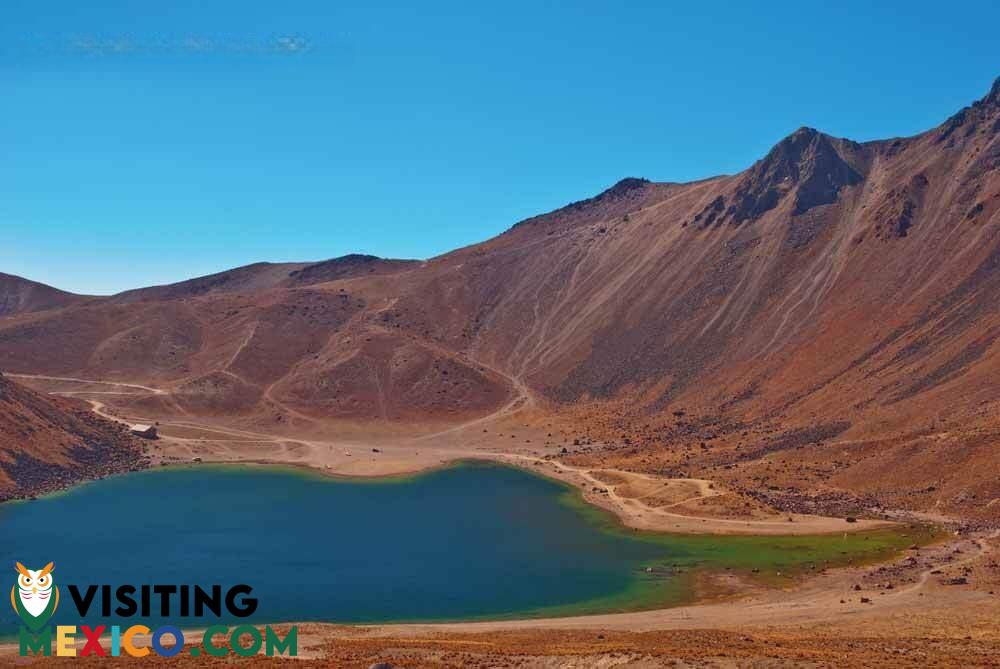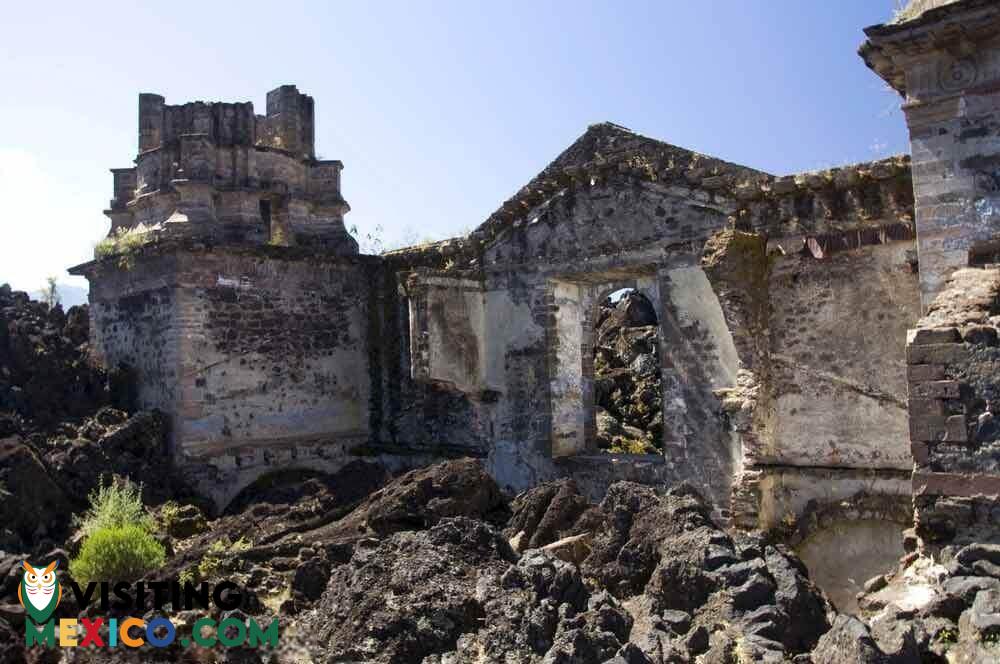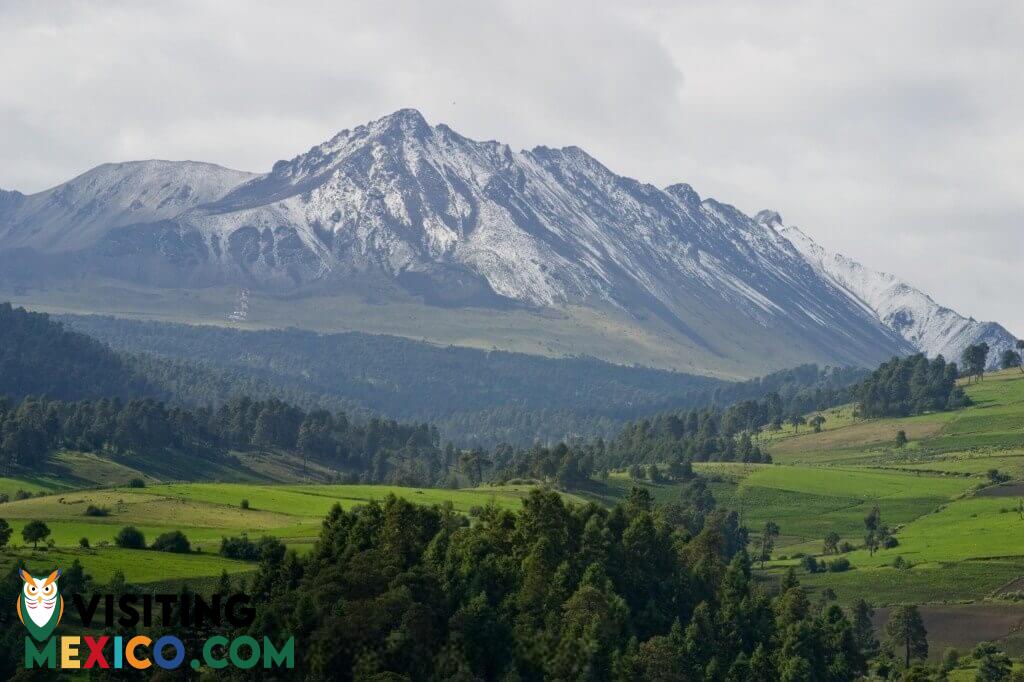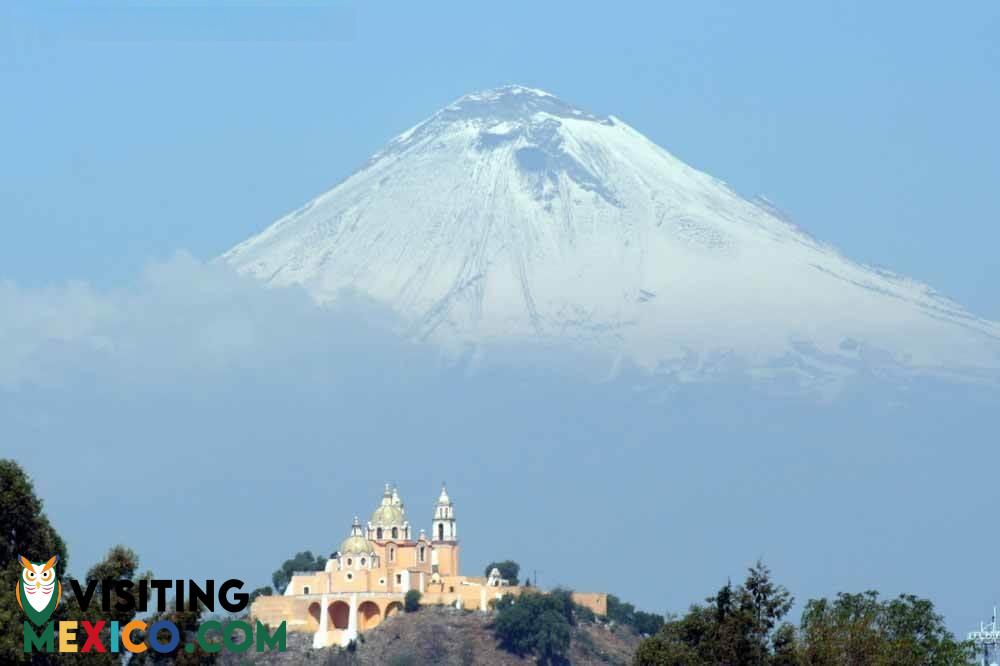The Trans-Mexican Volcanic Belt
City in Mexico
While many know the Trans-Mexican Volcanic Belt as the Sierra Nevada or the Snowy Mountain Range, it is officially called the Trans-Mexican Volcanic Belt. It extends across Mexico for roughly 559 miles. This volcanic range boasts many peaks that remain snow-covered all year long. It ranges from west to east from the states of Jalisco to Veracruz jutting northward and southward. It traverses the central country from the Pacific Ocean to the Caribbean Sea. Home to extraordinary forests and captivating views, the belt beckons many eco-travelers and adventurers with its incredible geography.

Trans Mexican Volcanic Belt Facts:
The Trans-Mexican Volcanic Belt is made up of more than twenty volcanoes as well as hundreds of vents. Although the volcanoes range in size, some are among Mexico’s tallest peaks. The peak known as Pico de Orizaba is the highest point of the belt—also the highest in all of Mexico. It rises from its base 18,491 feet. Some of the belt’s most famed peaks (including both active and dormant volcanoes) are Nevado de Colima, Paricutin, Popocatpetl, and Nevado de Toluca. While the volcanoes of the best have posed threats to various settlements and people throughout the centuries, since people arrived in this region of the Americas, they have also endowed many lands with considerable fertility over time.
Geography of the Trans Mexican Volcanic Belt
According to archaeologists, the Nahuatl Codes contain the earliest reports of these “smoking mountains” as some like Popocatpetl were called. In reality, the belt formed millions of years ago along the boundary of the southern edge of the North American Plate and Caribbean Plate’s western edge. Just as most mountain ranges have formed on the boundaries of plates, subject to the intense influence of plate tectonics, many volcanic belts form similarly, except they contain cracks or vents where magma can seep through. This particular belt formed due to the friction created by the edges of these plates, but many scientists now consider that the formation may have been more complex than that and are conducting studies to reveal how other geologic forces may have impacted the rise of these volcanoes. The Trans-Mexican Volcanic Belt contains many different types of volcanoes such as huge stratovolcanoes and silicic calderas; in the south near the Guatemalan border, there are basaltic volcanic fields. The belt, regarded geologically as a Neogene continental arc, likely began to form roughly twenty-three million years ago.

Visiting the Trans-Mexican Volcanic Belt
Because the belt is such a dramatic presence throughout much of the Mexican landscape and impacts many of the country’s states, it’s not surprising that it beckons many travelers and eco-tourists to witness its majesty. The volcanoes impressed Cortes and they have been impressing other visitors to Mexico since the first hunter-gatherers encountered their activity thousands of years ago. While many visitors come to hike the extraordinary oak or pine forests of these mountains, others come to climb the volcanic peaks and catch a glimpse of their explosive power. Volcano tours are popular in adventure activities. Those particular volcanoes already mentioned are popular tourist destinations.

Must See Volcanoes
Pico de Orizaba: This landmark is one of the most recognizable volcanic peaks in the world and, while dormant, is certainly not extinct. Situated only 120 miles from Mexico City, it is one of the nation’s most-visited natural wonders.
Nevado de Toluca: Along with the national park that surrounds it and its picturesque crater lakes, this immense volcanic peak is an astounding vision. Situated in the State of Mexico, it is a favorite volcanic destination because it is far easier to access the peak than, perhaps, other Mexican volcanoes. Also, the eighteen archaeological sites contained in the confines of the park also draw many visitors to the area.
Cofre de Perote: This shield-shaped volcano also lies within a national park of the same name. Situated in the state of Veracruz, it is popularly visited by backpackers, hikers, and other outdoor enthusiasts.
Paricutin: Often listed as a natural wonder of the world, this active cinder cone volcano is located in the beautiful state of Michoacán. Of the more than 1,400 actual vents of the Trans-Mexican Volcanic Belt, Paricutin is regarded as the youngest of them all. It is a popular destination and only last erupted in 1942.


Popocatepetl: While this active volcano’s last big eruption occurred in 1947, people were evacuated from its vicinity in 2000 as it made a dramatic display of plume and ash. Because it’s one of the belt’s most active volcanoes and displays a plume of smoke almost constantly, it is a much-visited site among eco-adventurers and scientists.


